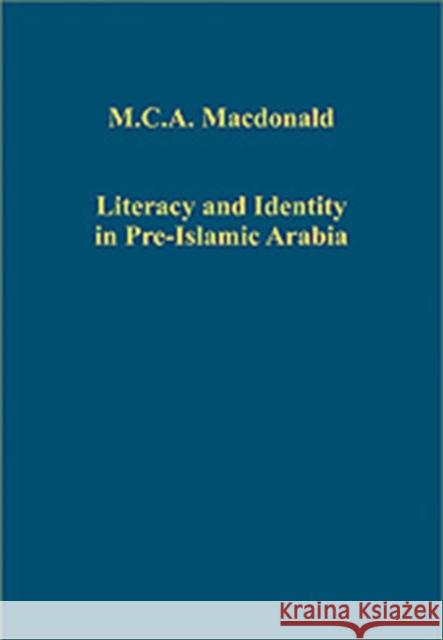Literacy and Identity in Pre-Islamic Arabia » książka
Literacy and Identity in Pre-Islamic Arabia
ISBN-13: 9780754659655 / Angielski / Twarda / 2008 / 432 str.
In these studies Michael Macdonald examines the extraordinary flowering of literacy in both the settled and nomadic populations of western Arabia in the 1500 years before the birth of Islam, when a larger proportion of the population could read and write than in any other part of the ancient Near East, and possibly any other part of the ancient world. Even among the nomads there seems to have been almost universal literacy in some regions. The scores of thousands of inscriptions and graffiti they left paint a vivid picture of the way-of-life, social systems, and personal emotions of their authors, information which is not available for any other non-elite population in the ancient Near East outside Egypt. This abundance of inscriptions has enabled Michael Macdonald to explore in detail some of the - often surprising - ways in which reading and writing were used in the literate and non-literate communities of ancient Arabia. He describes the many different languages and the distinct family of alphabets used in ancient Arabia, and discusses the connections between the use of particular languages or scripts and expressions of personal and communal identity. The problem of how ancient perceptions of ethnicity in this region can be identified in the sources is another theme of these papers; more specifically, they deal from several different perspectives with the question of what ancient writers meant when they applied the term 'Arab' to a wide variety of peoples throughout the ancient Near East.











